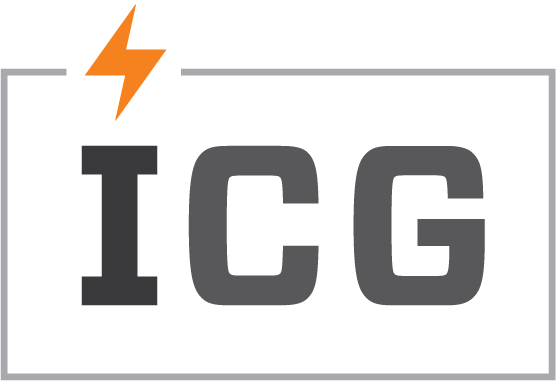It’s almost 2024, so there are a few things to check off your list to ensure a fresh start to the year. We know things get busy over these next few weeks, and the last thing you want is another list of things to do; that’s why ICG is here every step of the way to help. For those customers on ICG’s ERP Managed Services, our Fourth Shift Team will ensure you are ready to go! For our non-managed customers, the tasks below are designed to set your business up for success.
Note: A full system backup should be completed and verified before starting any process. Follow proper change management processes to ensure all departments agree with changes or resets.
Lot Trace
- Review Retest and Expiration dates for lot numbers and move them to corresponding location
- Purge Lot Trace history as needed, keep in mind compliance and retention requirements: LHIP (Fourth Shift Backup to be performed before any purge)
|
System Admin Tasks for ERP systems
- Review Windows, IIS, SQL Security, and all directories supporting Fourth Shift. Clean up as needed and adjust documentation
- Purge Statistics: VPFR, POYE, and COYE executions to clear Vendors and Customer statistics (Fourth Shift Backup to be performed before any purge)
|
Purchasing
- Review and update Vendor contracts, quotes (prices), and Out Effectivity dates
- Closeout and re-issue blanket purchase orders as required
- Review and close out old purchase orders
- Reset vendor performance score-carding statistics
- Delete empty order headers
|
Update Number Sequence
- OACF for purchase orders, customer orders, and manufacturing orders
- Review sequence numbers and AP checks and update, if needed
- Typically, AR invoices, AR credit memos, journal entries, cash sets, and manual shipment sequence numbers don’t need to be updated, but a review can be suggested
|
Customers
- Delete empty order headers
|
Shipping
- Purge old history: SREV (Fourth Shift Backup to be performed prior to any purge)
- Review and close out old completed shipments still in Release status
|
Costs
- If using Standard Cost, review and update the fixed and variable overhead rates being applied for labor and materials
- Review, simulate, and update costs, then if using standard cost, schedule year-end cost roll as per your processes (Fourth Shift Backup to be performed before exchanging to standard cost)
|
Financial
- Enter next year’s calendar, including GL Periods and Starting and Ending Dates
- Review/update/add Recurring Journal Entries
- Review and clear the following reports: APUV, APTB (small balances), and ARTB (small balances)
- Purge old history: APPG, ARPG, CSPG, GLHP (Fourth Shift Backup to be performed before any purge)
|
Manufacturing
- Update shop calendar for 2024
- Prepare and load next year’s Master Production Schedule; update planning parameters according to it
- Perform an ABC analysis to update item class codes for cycle counting
- Prepare/apply cycle counting
- Review all OVAR’s for exceptions and resolve
- Review OVAR parameters and determine if they are adequate for the current CO, MO, and PO processes. Note: OVAR does not purge data from Fourth Shift completely. The order data is retained in the history tables
- Review and close out old manufacturing orders
- Delete empty order headers
- Clear and reconcile the Backflush report
- Purge old item history as needed, keeping in mind compliance and retention requirements: AUDP (Fourth Shift Backup to be performed prior to any purge)
|
SQL Backups
- Archive Year End Backups (after closing) of all databases for retention and audit purposes
- Archive Year-End Reports
- Review older archives in place (ARCHMOD) and purge old year’s files (review retention)
|
Do you want some help tackling this to-do list?
Contact ICG today!
